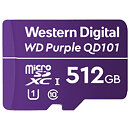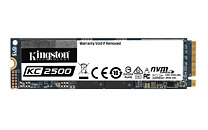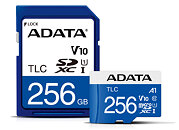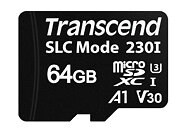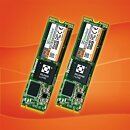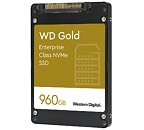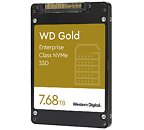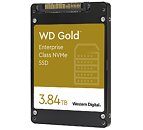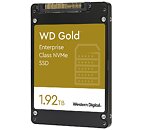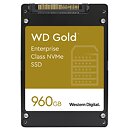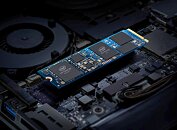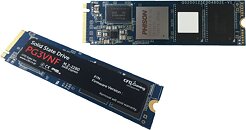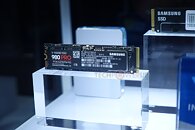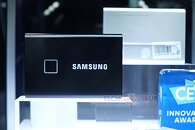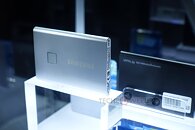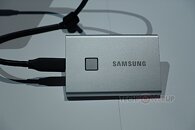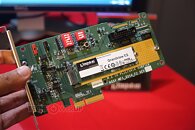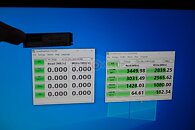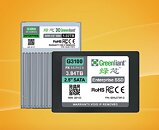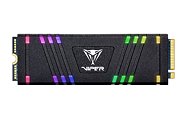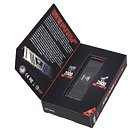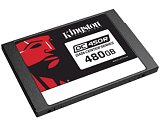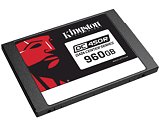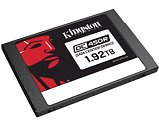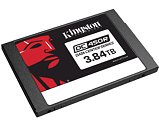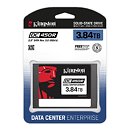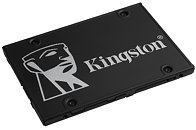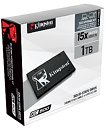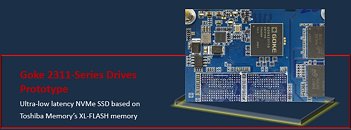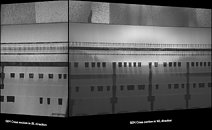Patriot Memory, under its Viper Gaming brand announced the VPR100 RGB line of M.2 NVMe SSDs. Built in the M.2-2280 form-factor, the drive features a wide heatspreader with RGB LED embellishments. You can play with the lighting not just with the Viper RGB app, but also popular lighting software such as ASUS Aura Sync RGB, MSI MysticLight, GIGABYTE RGB Fusion, etc. The drive takes advantage of the PCI-Express 3.0 x4 host interface with NVMe 1.3 protocol. Patriot is kind and brave enough to disclose that enabling RGB LED sync lighting can decrease read/write speeds by up to 20-30 percent. Leaving them unsynchronized (following a preset) leaves drive performance untouched.
Available in 256 GB, 512 GB, 1 TB, and 2 TB capacities, the VPR100 RGB combines a Phison E12-series controller with 3D TLC NAND flash memory, cushioned by a DRAM cache. All four capacity variants offer sequential read speeds of up to 3,300 MB/s, but write speeds vary. The 256 GB model offers up to 1,000 MB/s, the 512 GB model up to 2,100 MB/s, and the 1 TB and 2 TB models up to 2,900 MB/s. Endurance figures (TBW) for the four models are 380 TB, 800 TB, 1,600 TB, and 3,115 TB, respectively. Backed by 5-year warranties, the 256 GB, 512 GB, 1 TB, and 2 TB variants of the VPR100 RGB are priced at 74.90€, 119.90€, 189.90€, and 379.90€, respectively (including VAT), in the EU. Across the big pond, they're priced at USD $94.99, $134.99, $229.99, and $399.99, respectively.

